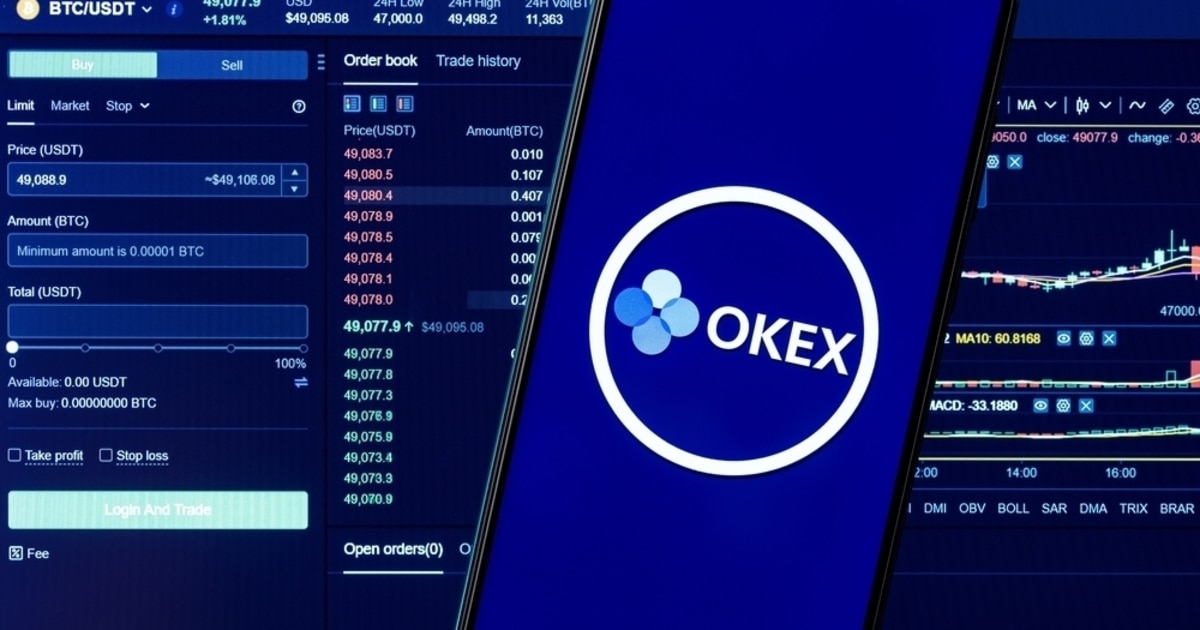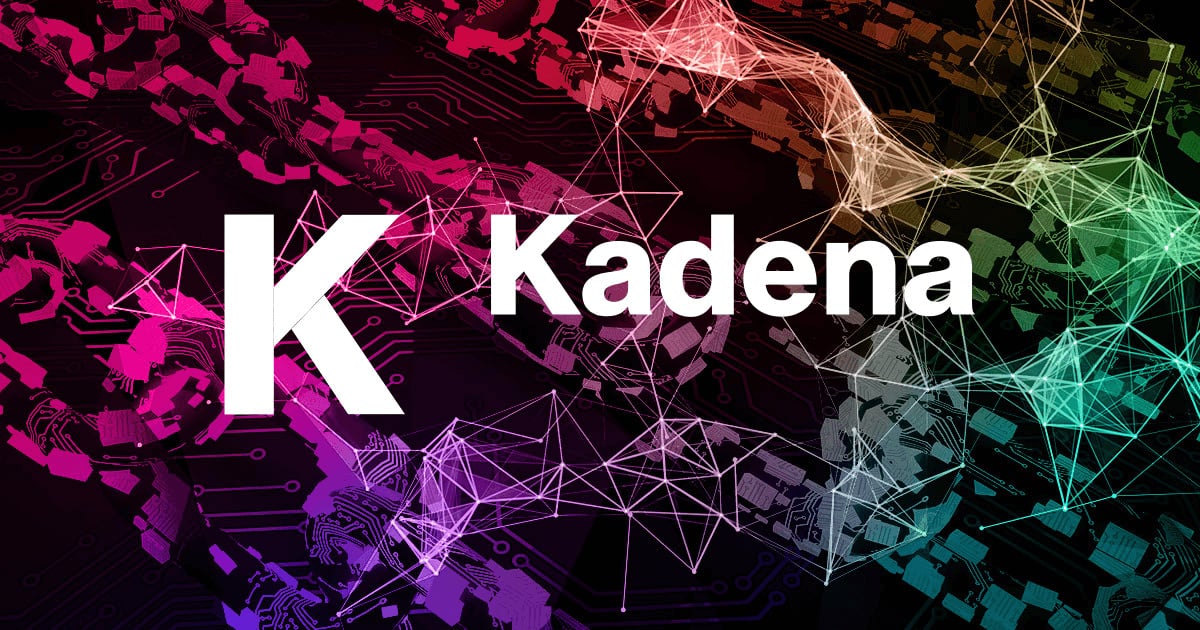
Natural language processing libraries, including NLTK, spaCy, Stanford CoreNLP, Gensim and TensorFlow, provide pre-built tools for processing and analyzing human language.
Natural language processing (NLP) is important because it enables machines to understand, interpret and generate human language, which is the primary means of communication between people. By using NLP, machines can analyze and make sense of large amounts of unstructured textual data, improving their ability to assist humans in various tasks, such as customer service, content creation and decision-making.
Additionally, NLP can help bridge language barriers, improve accessibility for individuals with disabilities, and support research in various fields, such as linguistics, psychology and social sciences.
Here are five NLP libraries that can be used for various purposes, as discussed below.
NLTK (Natural Language Toolkit)
One of the most widely used programming languages for NLP is Python, which has a rich ecosystem of libraries and tools for NLP, including the NLTK. Python’s popularity in the data science and machine learning communities, combined with the ease of use and extensive documentation of NLTK, has made it a go-to choice for many NLP projects.
NLTK is a widely used NLP library in Python. It offers NLP machine-learning capabilities for tokenization, stemming, tagging and parsing. NLTK is great for beginners and is used in many academic courses on NLP.
Tokenization is the process of dividing a text into more manageable pieces, like specific words, phrases or sentences. Tokenization aims to give the text a structure that makes programmatic analysis and manipulation easier. A frequent pre-processing step in NLP applications, such as text categorization or sentiment analysis, is tokenization.
Words are derived from their base or root form through the process of stemming. For instance, “run” is the root of the terms “running,” “runner,” and “run.“ Tagging involves identifying each word’s part of speech (POS) within a document, such as a noun, verb, adjective, etc.. In many NLP applications, such as text analysis or machine translation, where knowing the grammatical structure of a phrase is critical, POS tagging is a crucial step.
Parsing is the process of analyzing the grammatical structure of a sentence to identify the relationships between the words. Parsing involves breaking down a sentence into constituent parts, such as subject, object, verb, etc. Parsing is a crucial step in many NLP tasks, such as machine translation or text-to-speech conversion, where understanding the syntax of a sentence is important.
Related: How to improve your coding skills using ChatGPT?
SpaCy
SpaCy is a fast and efficient NLP library for Python. It is designed to be easy to use and provides tools for entity recognition, part-of-speech tagging, dependency parsing and more. SpaCy is widely used in the industry for its speed and accuracy.
Dependency parsing is a natural language processing technique that examines the grammatical structure of a phrase by determining the relationships between words in terms of their syntactic and semantic dependencies, and then building a parse tree that captures these relationships.
2- A natural language processing (NLP) library: Choose an NLP library that can help your system understand the intent behind the user's voice commands. Some popular options are Natural Language Toolkit (NLTK) or spaCy.
— General ⚔ (@GeneralAptos) April 1, 2023
Stanford CoreNLP
Stanford CoreNLP is a Java-based NLP library that provides tools for a variety of NLP tasks, such as sentiment analysis, named entity recognition, dependency parsing and more. It is known for its accuracy and is used by many organizations.
Extracting opinion phrases from user reviews with Stanford CoreNLP http://t.co/t6VIzfNRfz #machinelearning #nlp pic.twitter.com/RHiTl40Q7c
— Julian Hillebrand (@JulianHi) September 11, 2014
Sentiment analysis is the process of analyzing and determining the subjective tone or attitude of a text, while named entity recognition is the process of identifying and extracting named entities, such as names, locations and organizations, from a text.
Gensim
Gensim is an open-source library for topic modeling, document similarity analysis and other NLP tasks. It provides tools for algorithms such as latent dirichlet allocation (LDA) and word2vec for generating word embeddings.
LDA is a probabilistic model used for topic modeling, where it identifies the underlying topics in a set of documents. Word2vec is a neural network-based model that learns to map words to vectors, enabling semantic analysis and similarity comparisons between words.
TensorFlow
TensorFlow is a popular machine-learning library that can also be used for NLP tasks. It provides tools for building neural networks for tasks such as text classification, sentiment analysis and machine translation. TensorFlow is widely used in industry and has a large support community.
BEST TensorFlow Books for #DataScientists! #BigData #Analytics #DataScience #IoT #IIoT #PyTorch #Python #RStats #TensorFlow #Java #JavaScript #ReactJS #GoLang #CloudComputing #Serverless #DataScientist #Linux #Books #Programming #Coding #100DaysofCode https://t.co/LDzmqX169M pic.twitter.com/IQeaV3U5sD
— Dr. Ganapathi Pulipaka (@gp_pulipaka) April 7, 2023
Classifying text into predetermined groups or classes is known as text classification. Sentiment analysis examines a text’s subjective tone to ascertain the author’s attitude or feelings. Machines translate text from one language into another. While all use natural language processing techniques, their objectives are distinct.
Can NLP libraries and blockchain be used together?
NLP libraries and blockchain are two distinct technologies, but they can be used together in various ways. For instance, text-based content on blockchain platforms, such as smart contracts and transaction records, can be analyzed and understood using NLP approaches.
NLP can also be applied to creating natural language interfaces for blockchain applications, allowing users to communicate with the system using everyday language. The integrity and privacy of user data can be guaranteed by using blockchain to protect and validate NLP-based apps, such as chatbots or sentiment analysis tools.
Related: Data protection in AI chatting: Does ChatGPT comply with GDPR standards?

You can get bonuses upto $100 FREE BONUS when you:
💰 Install these recommended apps:
💲 SocialGood - 100% Crypto Back on Everyday Shopping
💲 xPortal - The DeFi For The Next Billion
💲 CryptoTab Browser - Lightweight, fast, and ready to mine!
💰 Register on these recommended exchanges:
🟡 Binance🟡 Bitfinex🟡 Bitmart🟡 Bittrex🟡 Bitget
🟡 CoinEx🟡 Crypto.com🟡 Gate.io🟡 Huobi🟡 Kucoin.

















Comments